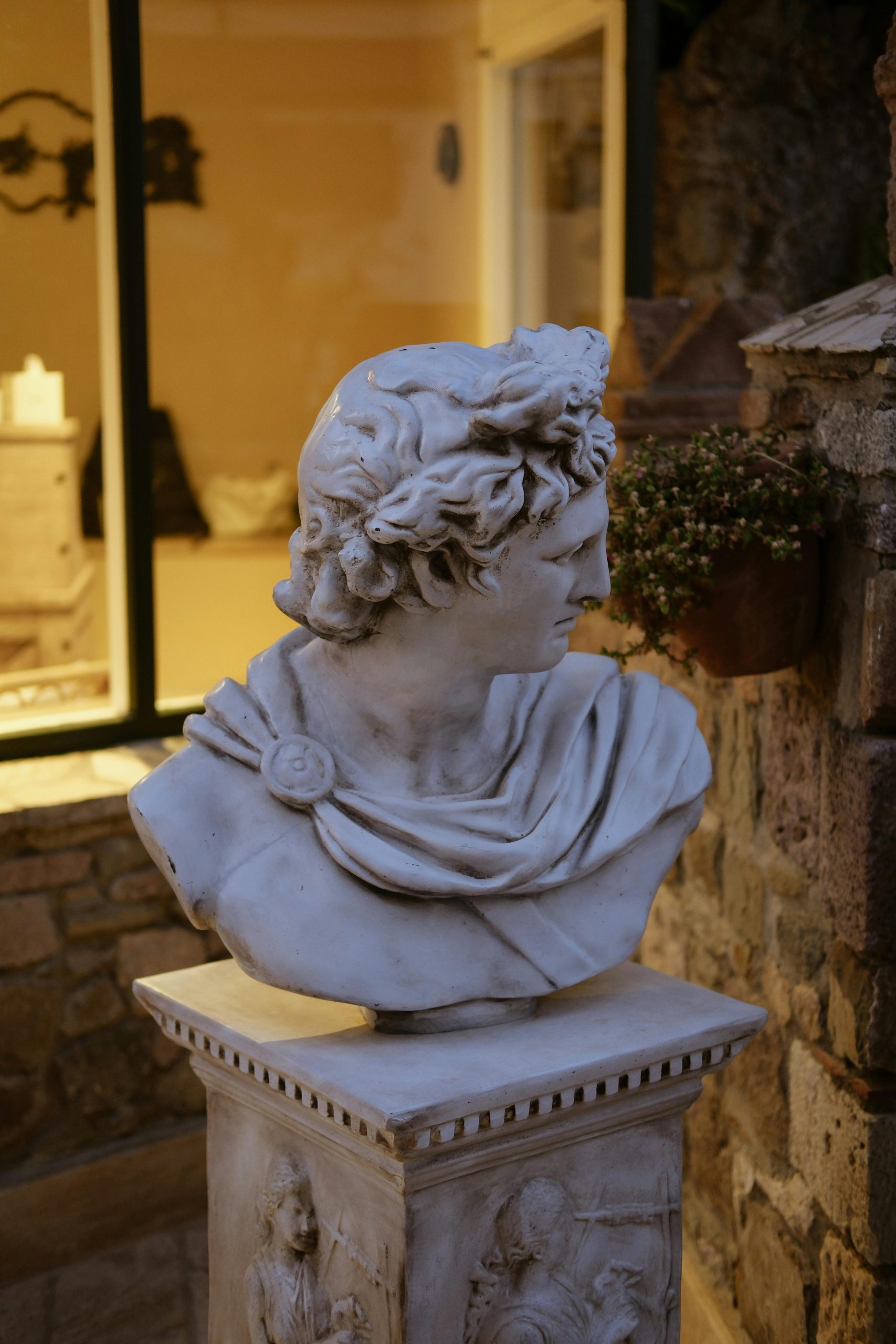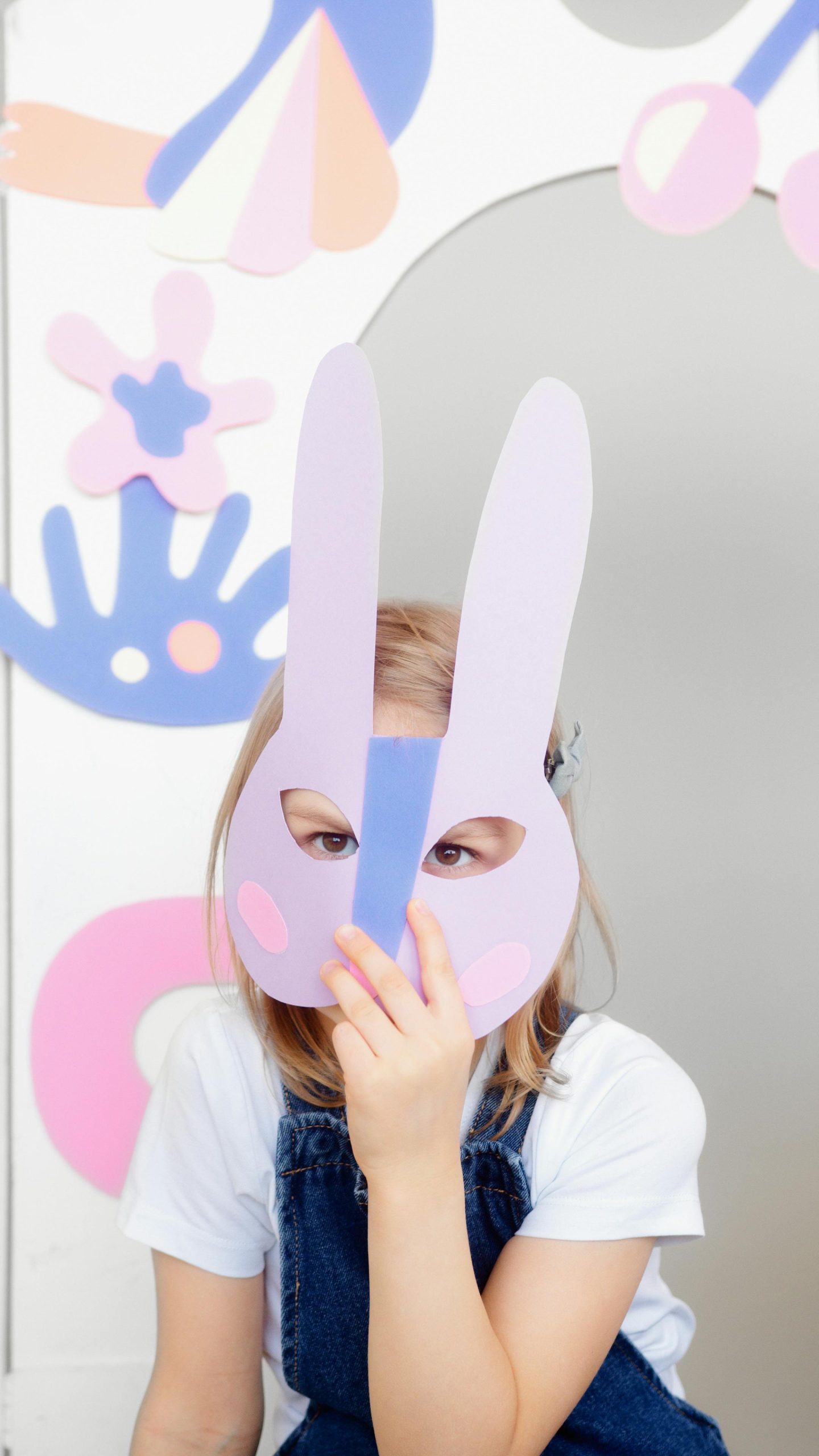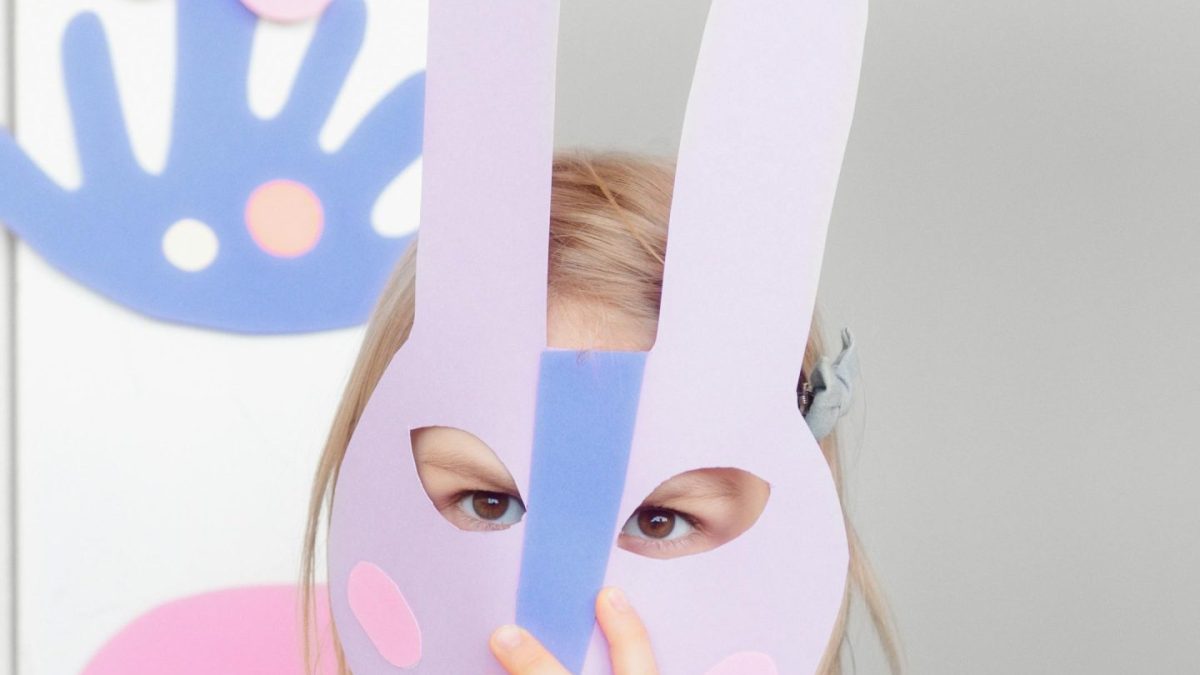Introduction to Art in Education

In the area of education, art is more than just a subject; it’s an essential instrument for expression, creativity, and comprehending the world. Historically, art has played a crucial part in educational systems, providing as a bridge across civilizations and epochs, and promoting an awareness for beauty and human feeling. However, the recent shift towards STEM (Science, Technology, Engineering, and Mathematics) topics has partially obscured the relevance of art in the curriculum. Despite this, art remains a significant position in education, allowing pupils new methods to explore their identities, grasp other perspectives, and build critical thinking abilities. As we negotiate the intricacies of the 21st century, the integration of art in education remains more vital than ever, ensuring a well-rounded and holistic approach to learning that prepares pupils for the difficulties and opportunities ahead.
The Cognitive Benefits of Art

Art, in its numerous forms, is not merely an outlet for creativity but a potent booster of cognitive ability. It’s a catalyst for creativity, pushing the frontiers of what’s possible and stimulating out-of-the-box thinking. Through the act of creating and interpreting art, individuals tap into their innate creativity, fostering a mindset that thrives on innovation.
- Enhancing Creativity and Innovation: Engagement with art stimulates the imagination, leading to a surge in creative thinking and the ability to produce unique ideas. This innovation is not confined to the arts; it spills over into other sectors, supporting inventive ideas in problem-solving settings.
- Improving Problem-Solving Skills: Art challenges individuals to think critically and to evaluate situations from different viewpoints. This develops a versatile and flexible attitude to problem-solving, important in both academic and real-world circumstances.
- Boosting Memory and Concentration Abilities: Creating or analysing art involves focus and attention to detail, boosting memory and the capacity to concentrate. These talents are transferable, aiding students in many areas of their schooling and daily lives.
The Role of Art in Developing Critical Thinking: Art stimulates questioning and discovery, laying the foundation for strong critical thinking skills. By evaluating and interpreting art, students learn to examine facts, develop reasoned arguments, and understand diverse viewpoints, arming them with the tools needed to negotiate the complexities of the modern world.
In conclusion, the cognitive benefits of art are substantial and far-reaching. By promoting creativity, boosting problem-solving skills, and developing critical thinking, art plays a vital role in education. It educates students not just for academic success, but for a lifetime of invention and inquiry. As we continue to embrace and integrate art into our educational institutions, we secure a future that is rich in creativity and teeming with potential.
Emotional and Social Advantages of Art in Education

Art serves as a meaningful channel for emotional expression and insight. It allows pupils to portray sentiments and concepts that could be difficult to articulate through words alone. This type of expression is vital for emotional development, allowing a secure environment for inquiry and self-discovery.
- Fostering empathy and cultural awareness: Through numerous artistic expressions, kids are exposed to many cultures, customs, and perspectives. This exposure is vital, since it cultivates a sense of empathy and compassion towards people from varied backgrounds. It’s a step towards developing a more inclusive and compassionate society.
- Boosting confidence and self-esteem: The process of producing something from one’s own imagination and receiving positive reinforcement for that creation may be immensely motivating. It teaches kids that their thoughts and feelings are valid and worth expressing, which is a vital component of personal development.
- Creating a sense of community and belonging: Whether it’s via collaborative endeavors or mutual love for artworks, art brings people together. It spans linguistic and cultural barriers, making it a potent instrument for creating social relationships and a sense of solidarity among disparate people.
In essence, the emotional and social advantages of art in schooling are varied. By offering a platform for emotional expression, building empathy, increasing confidence, and generating a feeling of community, art enriches students’ lives in deep ways. It’s not just about learning to sketch or paint; it’s about learning to perceive the world through a larger, more inclusive vision. As we continue to traverse the intricacies of the 21st century, the role of art in education remains important, assuring a well-rounded and empathic approach to learning that prepares pupils for the difficulties and opportunities ahead.
The Role of Art in Special Education

Art maintains a unique place in special education, functioning as a transforming tool that goes beyond typical learning approaches. It opens up new opportunities for expression, comprehension, and progress for children with various needs.
Art as a Means of Communication for Non-verbal Students
For students who find verbal communication problematic, art becomes a powerful voice. It allows people to transmit thoughts, experiences, and emotions in ways words cannot capture. This type of expression is vital, offering a sense of empowerment and connectedness to the world around them.
Enhancing Motor Skills Through Art Activities
Engaging in art activities encourages the development of fine motor skills. From holding a paintbrush to sculpting with clay, each movement contributes in the refining of hand-eye coordination and dexterity. For students in special education, these activities are not merely instructional; they’re a step towards greater independence.
The Therapeutic Benefits of Art for Students with Emotional and Behavioral Challenges
- Art therapy has emerged as a crucial ally in resolving emotional and behavioral difficulties.
- The process of creating art is intrinsically therapeutic, allowing a safe outlet for expressing feelings and relieving stress.
- For students confronting such issues, art may be a calming influence, helping to control emotions and develop a sense of tranquility.
In conclusion, the significance of art in special education is complex, giving communication avenues, skill development, and therapeutic advantages. It’s a tribute to the power of art to transcend traditional learning barriers, providing pupils with the means to express themselves, grow, and prosper. As we continue to examine the relevance of art in education, its value in special education remains a light of hope and development, ensuring every student has the opportunity to attain their full potential.
Integrating Art Across the Curriculum

Integrating art across multiple areas strengthens the educational experience, making learning more engaging and thorough. This multidisciplinary approach not only promotes creativity but also deepens comprehension in other basic areas.
Examples of Interdisciplinary Approaches to Art Education
- Art and Science: Students create elaborate drawings to learn about human anatomy or ecosystems, mixing artistic talents with scientific observation.
- Mathematics: Geometric principles and patterns can be explored through art, making abstract ideas concrete and visually appealing.
- Technology and Art: Digital storytelling, where kids utilize software to animate their own narratives, learning coding with narrative abilities.
The Benefits of Integrating Art with STEM
- Art’s incorporation into STEM (Science, Technology, Engineering, and Mathematics) topics, generally referred to as STEAM, develops a more holistic educational approach.
- It stimulates inventive problem-solving by applying creative thinking to technical issues.
- This blend not only makes STEM courses more accessible but also more pleasurable, encouraging curiosity and a love for learning.
- Moreover, it prepares pupils for a future when creativity is as vital as technical ability.
Strategies for Educators to Incorporate Art into Various Subjects
- Educators can start by recognizing natural crossovers between art and other areas.
- Historical art can enhance teachings in history, providing a visual context to historical events.
- Science projects can contain an art component, such as producing models or diagrams to illustrate topics.
- Encouraging students to capture their learning journeys through visual journals can also integrate writing with visual expression, appealing to varied learning styles.
- Importantly, collaboration with art teachers can contribute new insights and expertise to the creation of multidisciplinary lessons.
In conclusion, incorporating art across the curriculum not only enriches the educational landscape but also prepares students for a world where interdisciplinary knowledge is vital. It provides a learning atmosphere that encourages creativity alongside analytical skills, ensuring students are well-equipped for the challenges and opportunities of the future.
In Conclusion
Art alters education, enhancing minds and hearts alike. It develops a unique blend of cognitive and emotional growth, paving the way for innovative and sensitive learners. Through its incorporation throughout curriculum, art challenges the traditional, enabling a holistic approach to learning that incorporates creativity, critical thinking, and emotional intelligence. As we look to the future, let us advocate the importance of art in education, recognizing its capacity to build smart, resilient, and connected individuals ready to succeed in an ever-changing world.
The Importance of Art in Education FAQs
Yes, art in education plays a significant role in emotional and social development. It provides a safe space for students to explore their feelings, manage stress, and express themselves without fear of judgment. Engaging in art activities helps students develop empathy and understanding towards others, fostering a more inclusive and supportive school environment.
Yes, art education benefits students from all backgrounds by providing equitable opportunities for self-expression and cultural exploration. It helps bridge gaps between diverse student groups, fostering mutual respect and understanding. Additionally, art can be particularly empowering for students from marginalized communities, offering them a voice and a means to share their stories and perspectives.
Art education can significantly influence career readiness by equipping students with a broad set of skills highly valued across industries. These include creativity, problem-solving, communication, and adaptability. Furthermore, art education exposes students to potential career paths in the creative industries, which are increasingly important in the global economy.
Art education contributes to cultural awareness and appreciation by exposing students to a variety of artistic traditions and expressions from around the world. This exposure helps students understand and value the diversity of human experience and expression. It also encourages respect for cultural differences and fosters a global perspective.
Art education positively impacts students’ academic performance by enhancing their cognitive abilities and learning skills. Studies have shown that students who participate in art classes often have better grades and higher standardized test scores. This is because art education improves memory, attention, and concentration, which are crucial for success in all academic areas.
Art integrates with other subjects in the curriculum by enhancing interdisciplinary learning and making abstract concepts more tangible. For example, art projects can illustrate scientific principles, bring historical events to life, or explore mathematical patterns. This not only enriches students’ understanding of these subjects but also demonstrates the interconnectedness of knowledge.
The long-term benefits of art education for individuals and society include fostering a culture of creativity and innovation, essential for addressing complex global challenges. On a personal level, individuals benefit from improved mental health and well-being. Societally, a strong foundation in art education can lead to a more empathetic, culturally aware, and innovative population.
Art education faces challenges today, including reduced funding, diminishing curriculum time, and undervaluation of the arts compared to STEM subjects. These challenges can limit students’ access to art education and its associated benefits. Addressing these issues requires advocacy and a shift in educational priorities to recognize the critical role of art in developing well-rounded, capable individuals.
Art plays a pivotal role in developing critical thinking skills by challenging students to interpret and analyze visual information. It encourages them to question assumptions, consider multiple perspectives, and make thoughtful decisions. Through art, students learn to approach problems creatively and find innovative solutions.
Art is important in education because it fosters creativity and innovation, essential skills in a rapidly changing world. It encourages students to think critically and express themselves in unique ways, contributing to their overall intellectual and emotional development. Moreover, engaging in art can improve students’ ability to collaborate and appreciate diverse perspectives.

Jasmine Duque-Love is a mother of one and a practicing physiotherapist with a Phd in Physiotherapy

